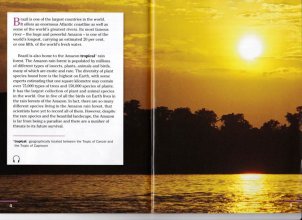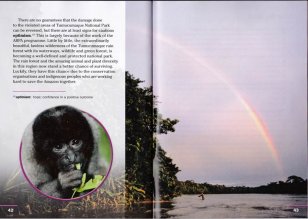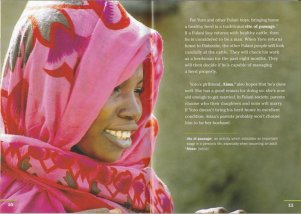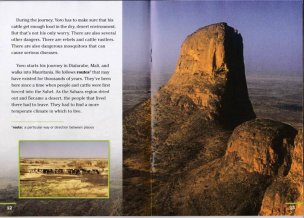Good Day,
We would like to thank who works to write comments on the web. It's such an important contribution to our classes, they open perspectives to look through. Writing is very demanding and allows the language to express so much of its potentiality.
I would also like to invite who lives far from here, in English speaking countries and have relationships with our students, to tell us something about their direct experience.
Aussie, Australia, is a universe to discover; having "comments" from there, would be "pioneering" these connections we do believe in, this way to study English, true English thanks to true and authentic people.
Having photographs too would be great; do not forget all the times you want to upload some, you have to modify them reducing the number of pixels, the minimum possible amount is fine for the Internet.
Let's move to different continents: South America and Africa.
These pages are the beginning and the end of a documentary set in Brazil, it takes place in the Amazon rain forest, home of millions of plants and animals, in danger to be destroyed. The reason is extensive deforestation due to human development and illegal operations to find precious metals.
What do you know about that? How can it be saved? Who is working to do it? Do you think we could be helpful?
Next photographs are from one more documentary by the "National Geographic".
Teenager Fulani boys are asked to demonstrate their capability to become adults returning home with a healthy cattle, after finding food for their cows in an arid region near the Sahara desert.
These are passages of the story, can you guess the whole of it?
What do you think of such an experience boys are asked to face?
Do you know any remarkable Assia very well known for her writing?
Do you know the meaning of the name?
Enjoy your English, it will be a pleasure reading you and working in class,
Anna - Coordinator
Sources: National Geographic Digital Media, "Saving the Amazon Together" and "One Boy's Journey".






Comments
and I'm impressed! Very helpful info specifically the last part :
) I care for such info a lot. I was seeking this
particular info for a long time. Thank you and best of luck.
I'm not sure if this is a format issue or something to do with internet
browser compatibility but I figured I'd post to let you know.
The design and style look great though! Hope you get the issue resolved soon. Thanks
In 1955 she was accepted at the Ecole Normale Superieure, an elite Parisian college, she was the first Algerian woman to be accepted. She is currently a professor at the New York University. Her work talks about women's experience of discriminati0n and she documents the role of women in the Algerian struggle for indipendence. She would like it that every Algerian woman could partecipate in the project of decolonization and nation-building.
Notable work: La Soif, Les Impatients, Les Enfants du Nouveau Monde.
Notable awards: Neustadt International Prize for Literature, Yourcenar Prize
Each family chooses 2 or 4 young peaple from 10 to 16 years to accompagny the herds in the journey to the North. At the crossing of these young people review their families after a long time. Is at this time that parents choose who their daughters and soons will be married.
Aissa is the name that Arabs gave to our Jesus.
RSS feed for comments to this post